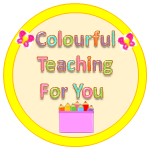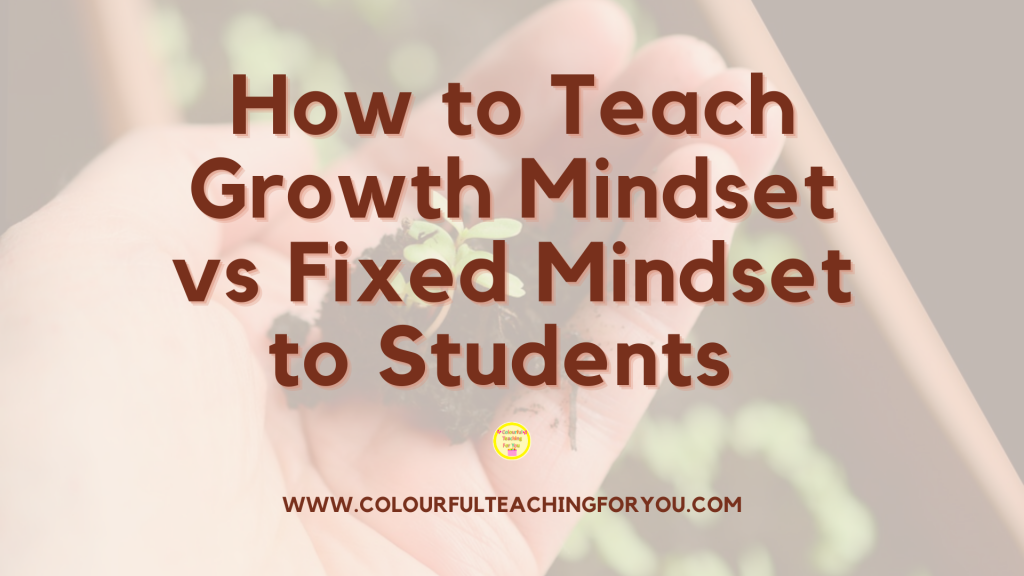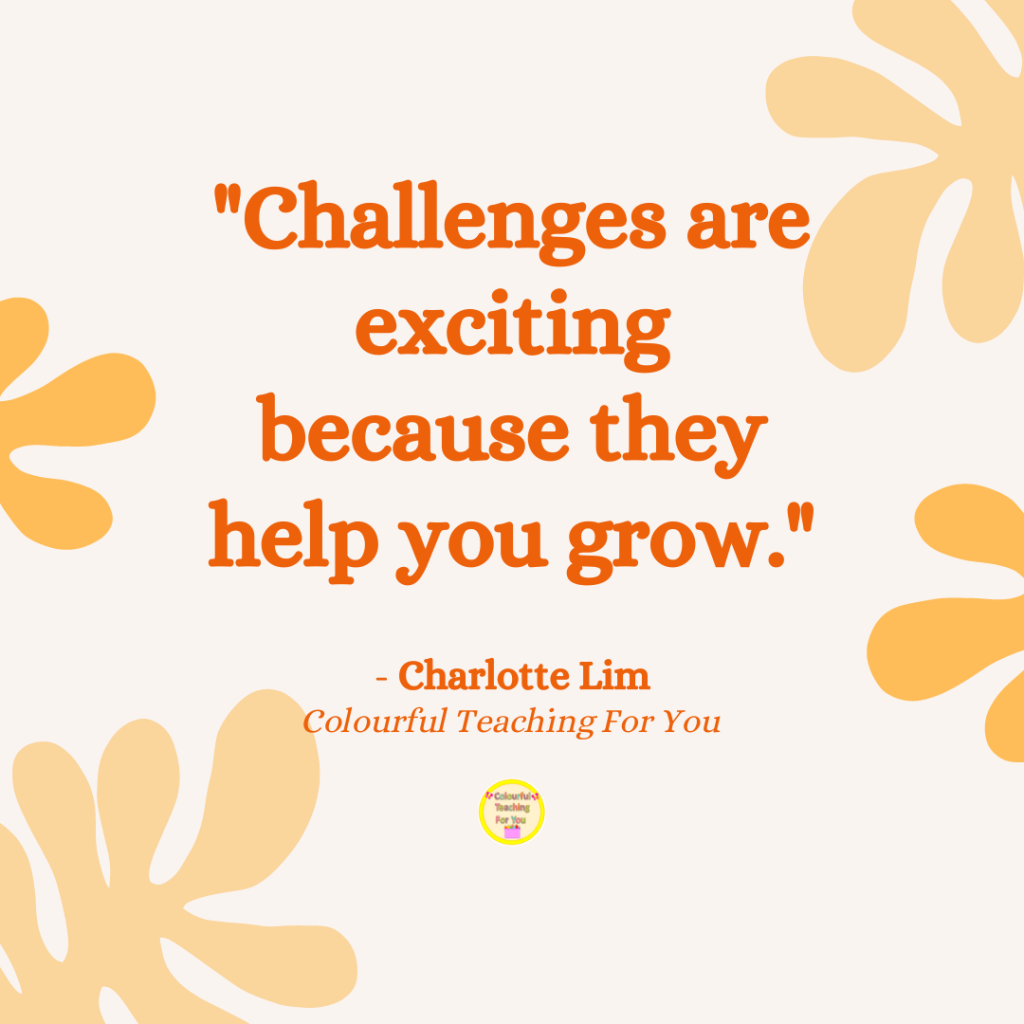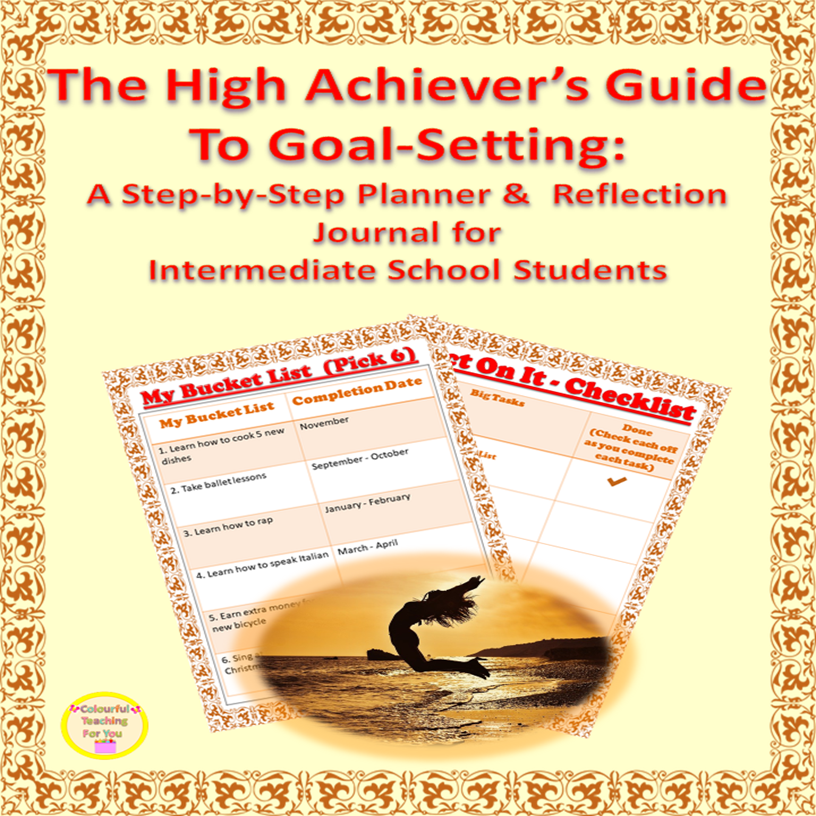We all have specific beliefs about our own potential and abilities. These make up our mindset, which helps us assess our previous experiences and shapes our future behavior.
A growth mindset focuses on the belief that individuals can improve over time by acquiring new knowledge or changing behavioral patterns.
On the other hand, a fixed mindset sees mistakes as failures. Instead of growing and embracing opportunities, it prevents people from moving forward so that they shrink away in fear to avoid adversity.
Today we’re going to look at how to teach students how to develop a growth mindset. This will take time so it should be taught frequently instead of in just one or two sessions.
Actionable Steps:
#1. Problem-Based Learning
Based on the topic that you’re studying, give students a specific problem to solve. Have children brainstorm solutions on their own first, then have them share their ideas in a group of 3-4 students.
This teaches students to initially think for themselves and then to work together to share their ideas and solve a problem.
#2. Journaling With Yet
Have your students divide their page into two columns. Column one can be titled Fixed Mindset and column two can be titled Growth Mindset.
Under Fixed Mindset, have students write down everything they feel they can’t do. For example:
- I can’t sing
- I can’t do algebra
- I can’t write a persuasive essay.
Under Growth Mindset, have them re-write the same sentences but they must write down the word “yet” at the end of them to show that they may not be able to do it now but they’ll take time to learn and will gradually develop these skills.
This activity jives nicely with the following one.
#3. Goals-Focused Learning
Have students write down their goals in a journal with specific ways to accomplish and track them. Teach them how to develop their skills and potential people to ask for help when they hit a roadblock.
For goal-setting journals click on the following images to find one that meets the needs of your students.
The calendar for this planner will be updated on a yearly basis for FREE.
You can also do this alongside your students and achieve your big goals. CLICK HERE or on the following image to get your planner.
#4. Helpful Resources
Brainstorm different people who inspire your students. Either read about them as a whole class or put your students into groups of 3-4 and have them read about their role models with each other. Then have them figure out how they overcame adversities. Once they’ve written about it, they can share it with their group and add to their list.
Since they’ll have learned about at least 3-4 different role models and how they overcame difficult situations, their minds will be full of possibilities.
Upon completion of this activity, have your students re-visit their Goals-Focused Learning activity in step #3 to figure out what they can do to help themselves when they come across difficult times or nay-sayers.
Recap:
Let’s recap really quickly. Today, we looked at the following:
- The differences between having a growth mindset and fixed mindset.
- Four ways to teach students about it and how to develop a growth mindset: problem-based learning, journaling with yet, goals-focused learning, role model growth.
4 ways to teach students how to develop a growth mindset: problem-based learning, journaling with yet, goals-focused learning, role model growth.
Free Resources:
If you’d like to get a feel for the resources listed in activity #3, check out the FREE High Achiever’s Goal Setting Journal by CLICKING HERE or on the image below.
Next Steps:
I’d love to hear from you. In the comments below, please answer the following:
If you found this video beneficial, would you do me a favor? Share this with your family, your friends, your loved ones, your co-workers or someone who you think could benefit from this. Thank you!
I’ll see you next Friday at 5:30pm PST.
Until I see you next time, remember to create, experience & teach from the heart.
Take care,
Charlotte







